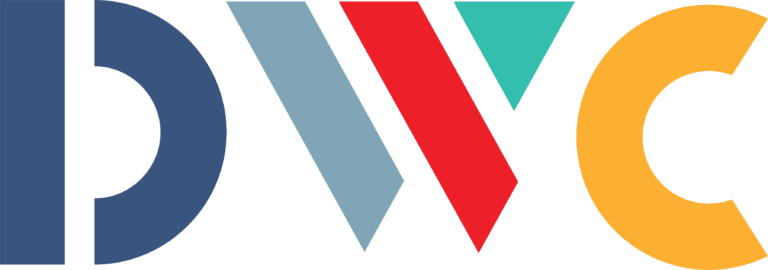Key Principles to Maximize the Value of Your Service Contracting Business
At some point, every business person or entrepreneur wants to be paid the full value for the investment of time, energy, love, and money they have made in their business. Whether that payday is an arms length financial transaction with an unrelated third party or a passing of the business to the next generation, everyone wants the satisfaction of believing the next owner is receiving something of great value. The principles behind maximizing the value of a service contracting business are pretty simple, but it is amazing how often they are ignored in the day to day decision making process regarding what issues get management’s attention. Keeping the formula and the principles for maximizing value in focus on a daily basis will increase your payday when you cash out, whether that cash is a financial transaction or simply a passing of the torch to the next generation.
The formula for value is simple – NC * (LVC – CAC) = VALUE
NC is the number of customers. Ideally you have many of them because having few is risky for the future owner. If they lose one or a couple, much of the value of the business is quickly erased. Also, business you receive from third parties (manufacturers, management companies, etc) generally does not count as value either. Without a direct, persistent, and meaningful connection with the end customer, your revenue and profit margin are tenuous and therefore not very valuable to the next owner.
LVC is the lifetime value of a customer. Ideally you get lots of predictable repeat business from each customer. If each customer is “one and done” with your services, your business is not worth much because you must sustain market advertising or other similar expenses promoting the brand to attract new revenue. As with having only a few customers, the future is risky when the new owner cannot depend on your current customer base for future income streams.
CAC is the cost to acquire a new customer. A strong and valuable brand will attract new customers at a lower cost because the marketing and sales expense is low when references, customer service, and brand reputation are strong. Fighting a trove of negativity in the market associated with poor customer service and negative reviews is expensive (high CAC). A new owner does not want to spend heavily on advertising because you have created a wall of negativity that must be climbed for each new sale.
If this is the basic formula for value, what are the principles for maximizing value?
Provide AMAZING customer service. Maximizing LVC means the customer would never think of using any other company for any service that you can provide for them. It means you get a greater share of wallet over a longer period of time. Price is important for each service because no one wants to discover they have been gouged when they share their experience with a neighbor. However, the experience and the ability to recall, review, and share that experience is critical, which means it must have an online digital component (a coffee and tobacco stained yellow paper invoice with cryptic accounting codes finds the trash quickly and will never be recalled, reviewed, or shared). If you have not figured out how to connect with them online using digital service artifacts that make it easy for them to review and recall your value, you need to figure it out and join the 21st century.
Amazing customer service also dramatically lowers your CAC. Advertising is an expensive approach to gaining new customers. The lowest CAC comes from referrals and online reviews that put your brand in the top position among prospects considering the services you offer. Make it easy for the current customers to rave about you and forward your digital service artifacts onto others or post them online. If you don’t understand that last sentence, hire someone who does and tell them you want to join the 21st century party that is happening online.
Manage and mine customer data vigorously for new service call opportunities to increase LVC. Your opportunity to sell more to an existing customer is directly proportional to how much you know about that customer and how easy it is to turn that knowledge into new service calls. A history of invoices in your accounting system does not count for any incremental LVC. How much data do you have about their property, equipment, and service history that you can act upon with computing resources to send them a tailored offer online for improvement? If this last question means nothing to you, hire someone that gets it and tell them to upgrade your filing cabinets to create digital treasure troves.
Finally, create a sales culture that leads to predictable year over year increases in NC. New customer additions should be an almost daily occurrence with a predictable formula and routine. When you can predict and bank on the addition of new customers and you can likewise predict that each customer will provide many years of income due to amazing customer service and the ability to mine data for new services, you have built a very valuable business.
The new owners will reflect the value you have built either in the purchase price or in a next generation debt of gratitude. Either way, your satisfaction will be substantial and genuine knowing you created something of great value by following these principles.

